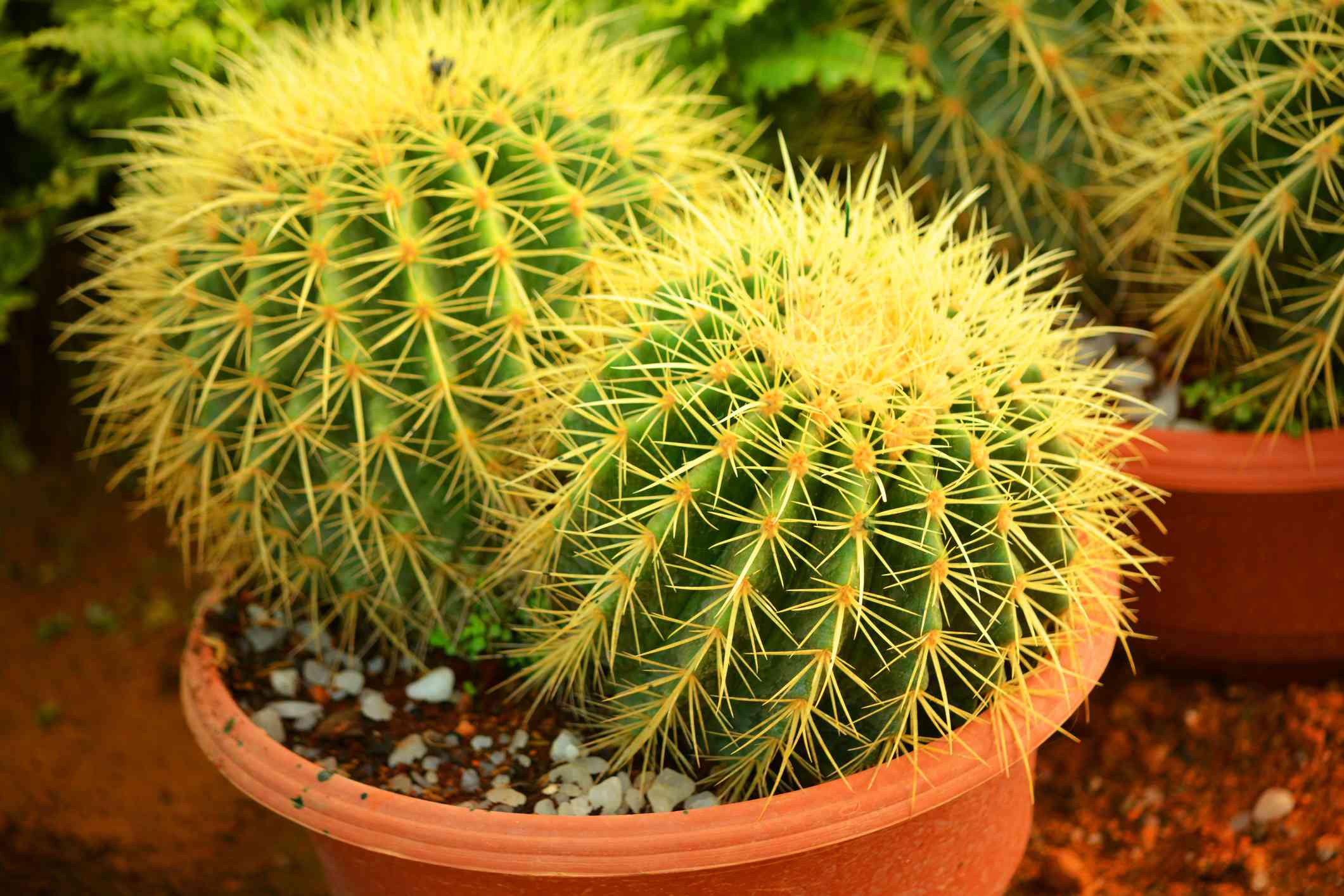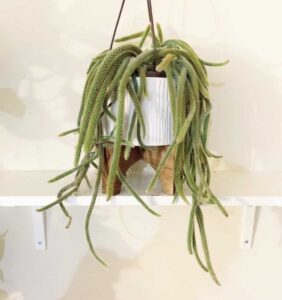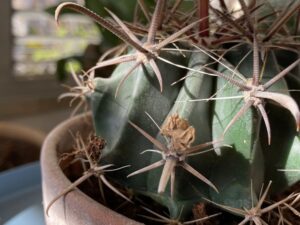Indoor gardening has surged in popularity, with succulent varieties holding a special place in the hearts of enthusiasts. Among these, cacti stand out, not only for their unique morphology and vibrant hues but also for their robust adaptability. Their intriguing shapes, textures, and minimal care requirements, paired with an unyielding charm, make them ideal companions for any indoor space. This article delves into some of the best cactus varieties for indoor growth, characterized by their distinctive characteristics and aesthetic appeal.
Let’s embark on a journey to unearth some captivating cactus types that can transform your indoor realms.
Cactus Varieties That Capture the Imagination
The realm of cacti offers a bewildering assortment of species and hybrids, each with its own distinct charm. Here, we will explore several remarkable indoor cactus varieties, elucidating their unique features and care requirements.
1. The Majestic Echinopsis
Often recognized for their resplendent, trumpet-shaped flowers, the Echinopsis genus serves as a striking centerpiece in any indoor garden. Capable of blooming in a kaleidoscope of colors, from vibrant pinks to sunny yellows, these cacti can inspire awe. They typically grow in a rounded or cylindrical shape, with spines that provide an intriguing texture. Ideal for bright, sunny windowsills, Echinopsis thrives when provided with indirect light during the hottest parts of the day. Regular watering during the growing season ensures vigorous growth, while a dormant period in winter allows for rest without excessive moisture.
2. The Prickly Pear: A Taste of the Southwest
Prickly Pear cacti, scientifically known as Opuntia, have gained popularity for both their culinary uses and ornamental value. Characterized by their flat pads resembling pancakes, they often develop vibrant yellow or red flowers. The pads can produce edible fruit known as “tunas,” which are a delicacy in numerous cuisines. Prickly Pears require substantial sunlight; thus, a sunny outdoor-facing window is ideal. Watering should be tempered, allowing the soil to completely dry between sessions to prevent rot. Their unique shape and luscious fruit can provoke curiosity and invite conversations among guests.
3. The Adorable Mammillaria
Mammillaria cacti, often dubbed the ‘ladyfinger cacti,’ are celebrated for their delightful appearance and extensive range of species. This genus showcases hooked spines and, in many cases, stunning flowers that bloom in circular patterns, making them visually enchanting. They flourish in small pots, making them a perfect choice for shelves or tabletops. Mammillarias prefer dappled sunlight to full sun exposure and thrive in well-draining soil. Due to their relatively small size, they are ideal for tight spaces and can be a great starter cactus for novice plant owners.
4. The Resilient Ferocactus
The Ferocactus, distinguished by its robust and spiny exterior, brings a sense of resilience and character to indoor spaces. Often featuring ribbed bodies adorned with strikingly long spines, these cacti do not disappoint when it comes to aesthetics. They tend to grow slowly but can become quite large over time, offering a dramatic presence. Ferocactus thrives on direct sunlight and requires limited watering. Allowing the soil to dry thoroughly between waterings mimics their native arid environments, resulting in a strong, healthy plant. Their bold appearance adds an element of drama and intrigue to any collection.
Understanding the Unique Needs of Indoor Cacti
While cacti are generally low-maintenance, understanding their specific requirements is key to ensuring thriving indoor plants. Let’s delve into essential care tips tailored for these unique succulent types.
The Right Light
Most indoor cacti thrive in bright, indirect sunlight. However, different species may have varying tolerances for direct sun exposure. Observing how a cactus responds to light can reveal its specific needs; for instance, a cactus leaning towards the light may require more direct sunlight. Conversely, if it exhibits stretch marks or pale coloring, it may be a sign of inadequate light.
The Art of Watering
One of the most critical aspects of cactus care is watering. Cacti are well-adapted to arid environments, making them susceptible to overwatering. It’s advisable to err on the side of caution and let the soil dry completely before rehydrating. During the dormant season, often in winter, reduce watering frequency to prevent root rot.
Choosing The Right Soil and Pot
Selecting an appropriate potting mix is crucial for success. Cacti require well-draining soil, often fortified with sand or perlite to enhance aeration. Additionally, terracotta pots are preferred for cacti, as they allow excess moisture to escape more easily, promoting root health.
Transform Your Indoor Space with Cacti
In conclusion, incorporating a variety of stunning cacti into your indoor environment not only beautifies the space but also invites a sense of tranquility and resilience. These remarkable plant varieties serve as constant reminders of nature’s extraordinary adaptability. With a little care and understanding, your indoor cactus garden can flourish, transforming your surroundings into a vibrant oasis. Step into the world of cacti and discover a new perspective on indoor gardening that promises both beauty and ease.




Leave a Comment